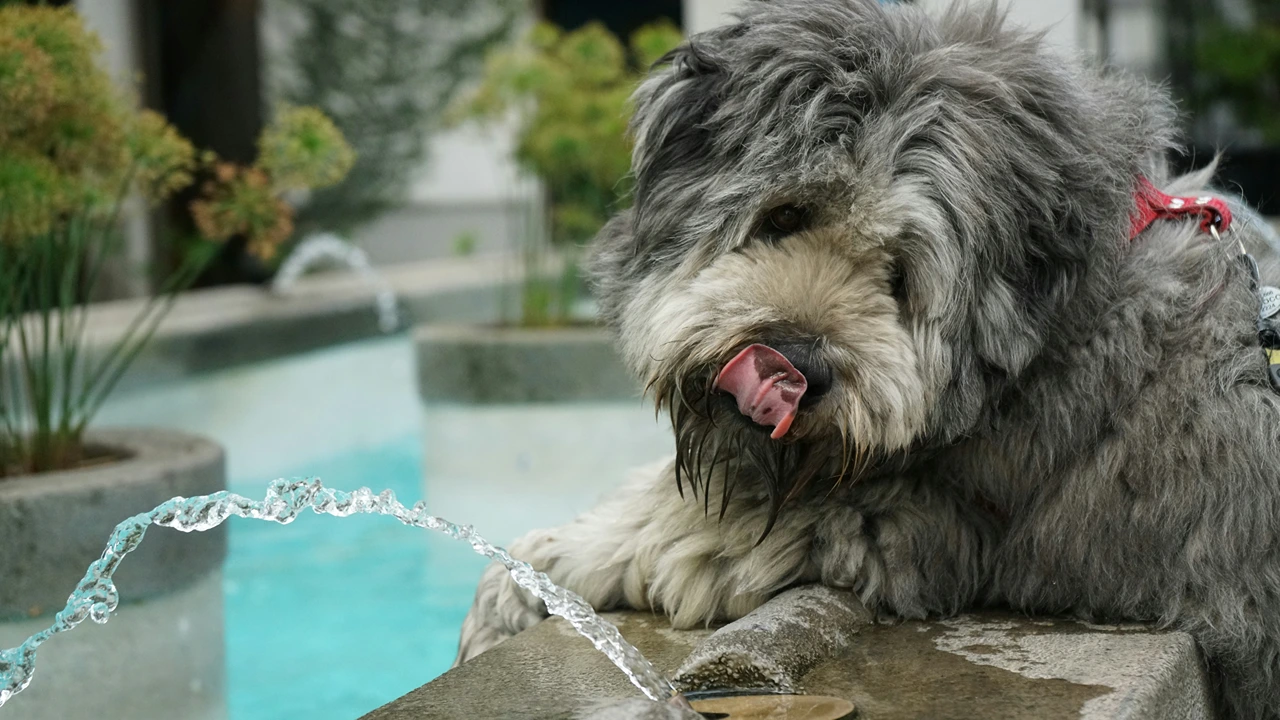TL;DR – Tips for Keeping Your Pet Hydrated This Summer
- Hydration is key to your pet’s health: Water helps with digestion, temperature regulation, and overall well-being, especially in the summer heat.
- Know the early signs: Dry gums, sunken eyes, low energy or poor skin elasticity mean your pet is dehydrated. Catch these signs early to prevent big problems.
- One bowl isn’t enough: Set up multiple water stations, use pet-safe fountains and offer chilled treats or moisture-rich food to make drinking fun and easy.
- Tailored to their needs: Cats, dogs and different breeds have different hydration needs based on their diet, size, activity level and environment.
- Vet-backed strategies: Regular hydration check-ins, seasonal vet visits and safe supplements (if needed) to keep your pet protected from heat-related risks.
- Make it a habit: Hydration is a daily routine, clean bowls, track water intake, and teach kids how to help keep pets hydrated and happy.
Got questions? We can help you build hydration and wellness routines that keep your pet cool, safe and thriving all year round.
Is your pet drinking enough water this summer? Just like us, pets need water to regulate their body temperature, support functions, and be active. But while we can grab a cold drink when we’re thirsty, our pets depend on us to notice when they’re running low on hydration. As we celebrate National Pet Hydration Awareness Month, it’s the perfect time to check your pet’s hydration and take proactive steps to keep them safe, cool and happy all summer long.
Read on as we share with you some practical tips for your pet, signs to watch for and how pet owners can practice responsible pet ownership through hydration awareness. By the end of this blog, you’ll know how to keep your pet cool, hydrated and safe this summer.
Why Hydration Matters for Your Pet
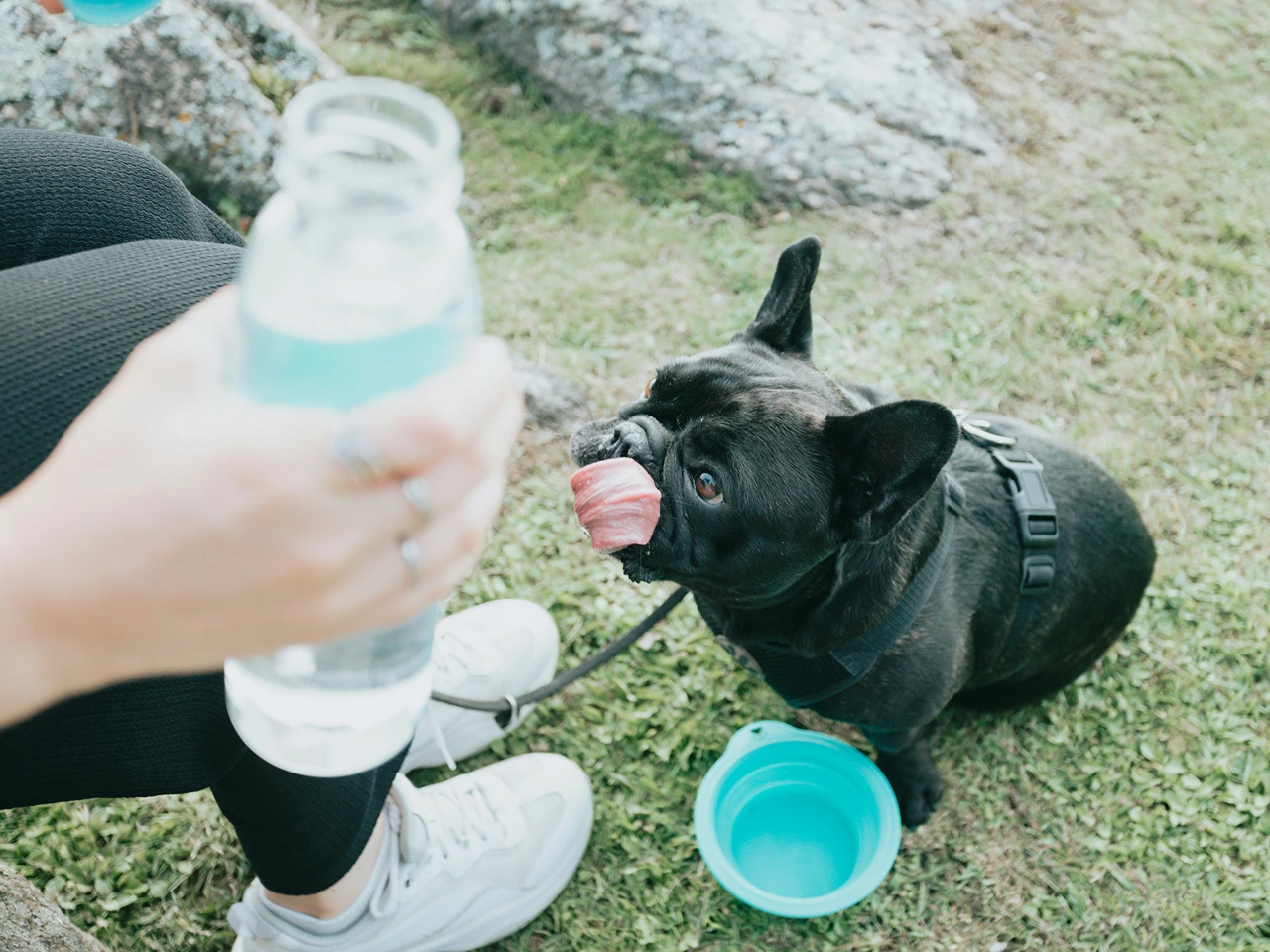
Water is vital for every living creature, and your pet is no exception. From aiding digestion to keeping joints moving smoothly, water does a lot behind the scenes. But during the summer months, its most important job is helping your pet stay cool, so making sure they have easy access to clean water can make all the difference in keeping them healthy and happy.
Pets lose water faster because of:
- Panting and increased respiratory loss: Especially in dogs, panting helps cool them down, but it also dries them out quickly.
- Sweating through their paws: Pets don’t sweat like we do, they lose fluids through their paw pads, even if you don’t notice it.
- More outdoor playtime: Warmer days usually mean more time running around, which burns through hydration fast.
- Limited access to clean water while out and about: Whether on a road trip or just a long walk, pets may not get enough water unless you plan for it.
Cats and Dogs Have Unique Needs
Cats and dogs don’t drink water the same way. Cats, in particular, can be picky drinkers and are more likely to develop urinary tract infections if they don’t get enough water, especially if their diet is mostly dry kibble. Dogs usually drink more, but things like breed, activity level, and size all play a role in how much they really need.
Other Factors That Impact Hydration
There’s no one-size-fits-all rule when it comes to hydration. A few things to keep in mind:
- Breed type: Short-nosed dogs like Pugs and furry breeds like Huskies tend to overheat more easily.
- Environmental factors: Hot pavement, direct sun, and humid air can quickly sap your pet’s energy and fluids.
- Activity level: A lazy nap day is different from a park day, more movement means more water lost.
- Indoor vs. outdoor living: Pets that spend time outside often have less predictable access to fresh water.
Knowing how much water your pet needs based on these factors helps you meet their needs and keep them on track for a healthy pet routine.
Early Signs of Dehydration in Pets
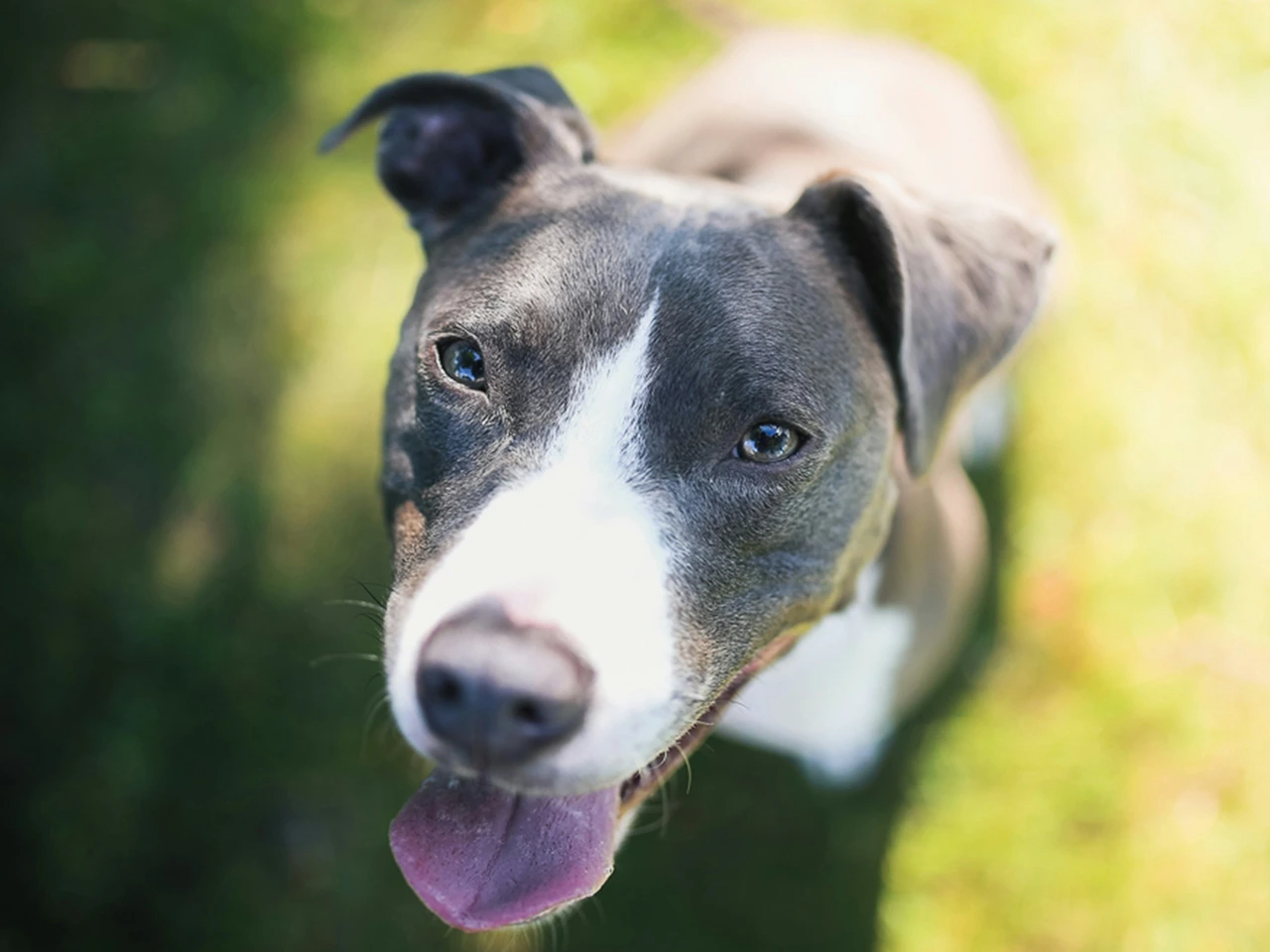
Spotting dehydration early can make a big difference. Your pet might not be able to say “I’m thirsty,” but their body has ways of letting you know something’s not right.
Keep an eye out for:
- Dry nose or tacky gums: If your pet’s nose feels dry or their gums aren’t slick like usual, that’s a small sign that their water levels might be running low.
- Sunken eyes and dull coat: Dehydration can take a toll on their looks. Their eyes may look a bit sunken or tired, and their coat might lose its usual shine or softness.
- Loss of appetite and unusual fatigue: Not eating much or acting sluggish? A sudden decrease in water intake often shows up alongside low energy and a lack of interest in food.
- Rapid heartbeat or shallow breathing: If your pet’s heart seems to be racing or their breathing looks quick and shallow, they could be struggling to stay cool and hydrated.
- Reduced skin elasticity: Try the skin tent test, gently pull up the skin at the back of their neck. If it doesn’t bounce back right away, they might be dehydrated.
- Behaviour changes: hiding, whining, or acting off: A usually friendly or active pet that starts hiding, whining, or getting cranky might just be trying to tell you they’re not feeling great.
If you notice a few of these signs, or especially if there’s a sudden decrease in water intake, it could point to an underlying health issue. Don’t wait it out. Offer your pet some water and get in touch with your vet for proper veterinary care.
Tips to Keep Your Pet Hydrated This Summer
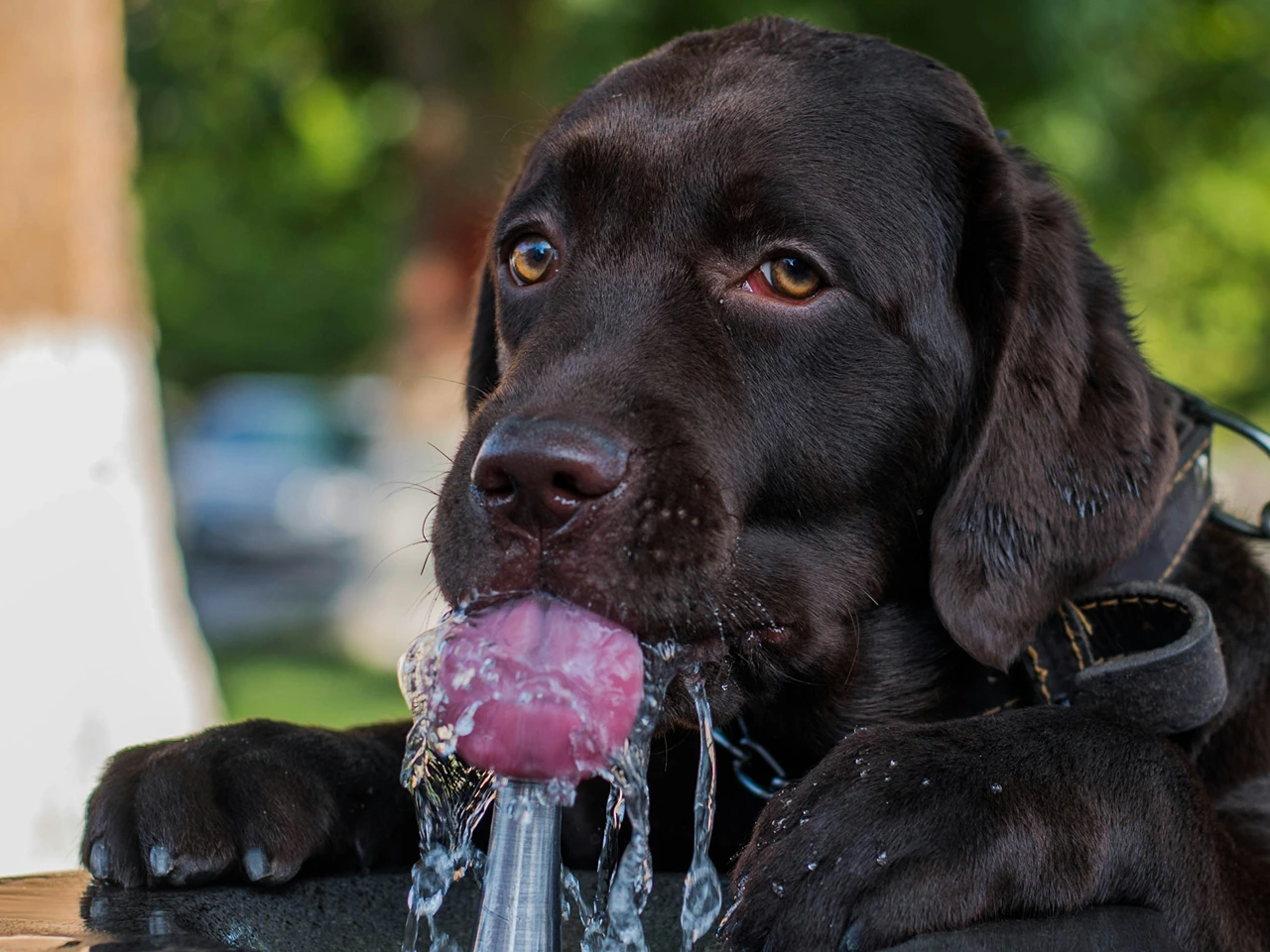
When the heat’s on, a single water bowl may not be enough. Staying ahead of dehydration takes a bit of planning, so here are some tips to help your pet stay cool, comfy, and properly hydrated:
1. Set up multiple water bowls around the house
Don’t rely on just one spot. Placing multiple water bowls in easy-to-reach areas ensures your pet always has access to fresh water, whether they’re lounging in the living room or napping in a quiet corner.
2. Use a pet-safe water fountain
Many pets actually prefer running water, and a water fountain can make drinking more fun and appealing, especially for picky drinkers like some cats.
3. Add a splash of vet-approved broth
If your pet turns their nose up at plain water, mix in a bit of low-sodium, vet-approved broth. It can encourage your pet to drink more without compromising their health.
4. Offer chilled treats
Frozen fruits, ice cubes, or even frozen wet food can be a fun and hydrating way to beat the heat. They're like little edible cool-downs on a hot day.
5. Incorporate higher moisture content foods
Switching from dry food to wet or adding broth-based toppers can boost your pet’s water intake through their meals. Look for higher moisture content options when planning their diet.
6. Take water breaks during outdoor time
Whether it’s a walk, hike, or backyard play, always bring a portable water bowl and take regular breaks to let your pet drink and cool off.
7. Encourage your pet to drink after activity
After walks or play sessions, gently prompt them toward their bowl. Praise or treats can help build the habit of drinking right after physical activity.
8. Limit outdoor activity during peak heat hours
Try to schedule walks and playtime in the early morning or late evening. The midday sun can increase the risk of overheating and dehydration fast.
9. Check in on hydration weekly
Keep tabs on how much your pet drinks daily and watch for any changes. A simple habit like tracking bowl refills can tell you a lot.
10. Schedule seasonal vet visits
A quick vet check-up during warmer months helps ensure your pet is ready for the heat. Your vet can assess hydration and offer tailored advice if needed.
Even small, steady changes in routine can make a big difference. Staying alert and consistent is the best way to help your furry friend stay hydrated and happy all summer long.
Veterinary Advice on Hydration and Seasonal Pet Care
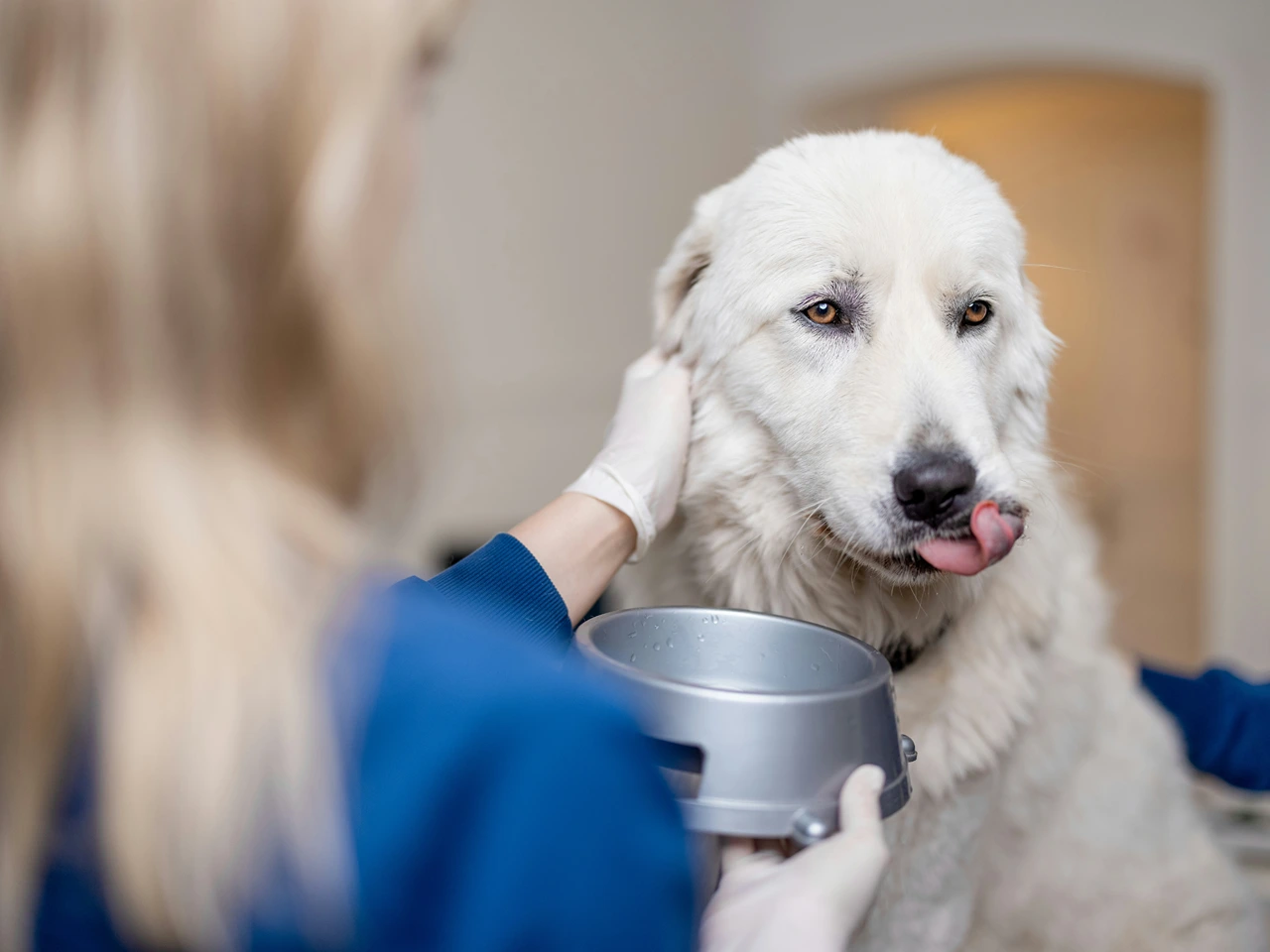
Veterinarians emphasize the importance of pet hydration, especially during warmer months when pets are more prone to fluid loss. Here's how to stay one step ahead:
- Check hydration daily, particularly after walks, playtime, or any outdoor activities. A quick pinch test on the skin or checking gum moisture can help you spot early signs of dehydration.
- Ask your vet about pet-safe electrolyte supplements, as some are specially formulated to support hydration in pets without upsetting their system.
- Follow the general hydration rule. Dogs typically need about one ounce of water per pound of body weight each day, while cats require slightly less. Adjust amounts based on age, activity, and weather.
- Watch out for underlying health issues, such as kidney disease or diabetes, which can increase hydration needs and require closer monitoring.
- Prevent heatstroke by ensuring proactive hydration and access to shade, especially during travel or high heat. Hydration is the first line of defence.
- Consult your veterinarian before travelling, as they can offer advice on hydration strategies for long trips, stressful conditions, or hot environments.
Remember: Without sufficient hydration, even a well-fed and otherwise healthy pet can quickly face serious health issues. Always make water access a top priority.
The Responsible Pet Owner’s Role in Preventing Pet Dehydration
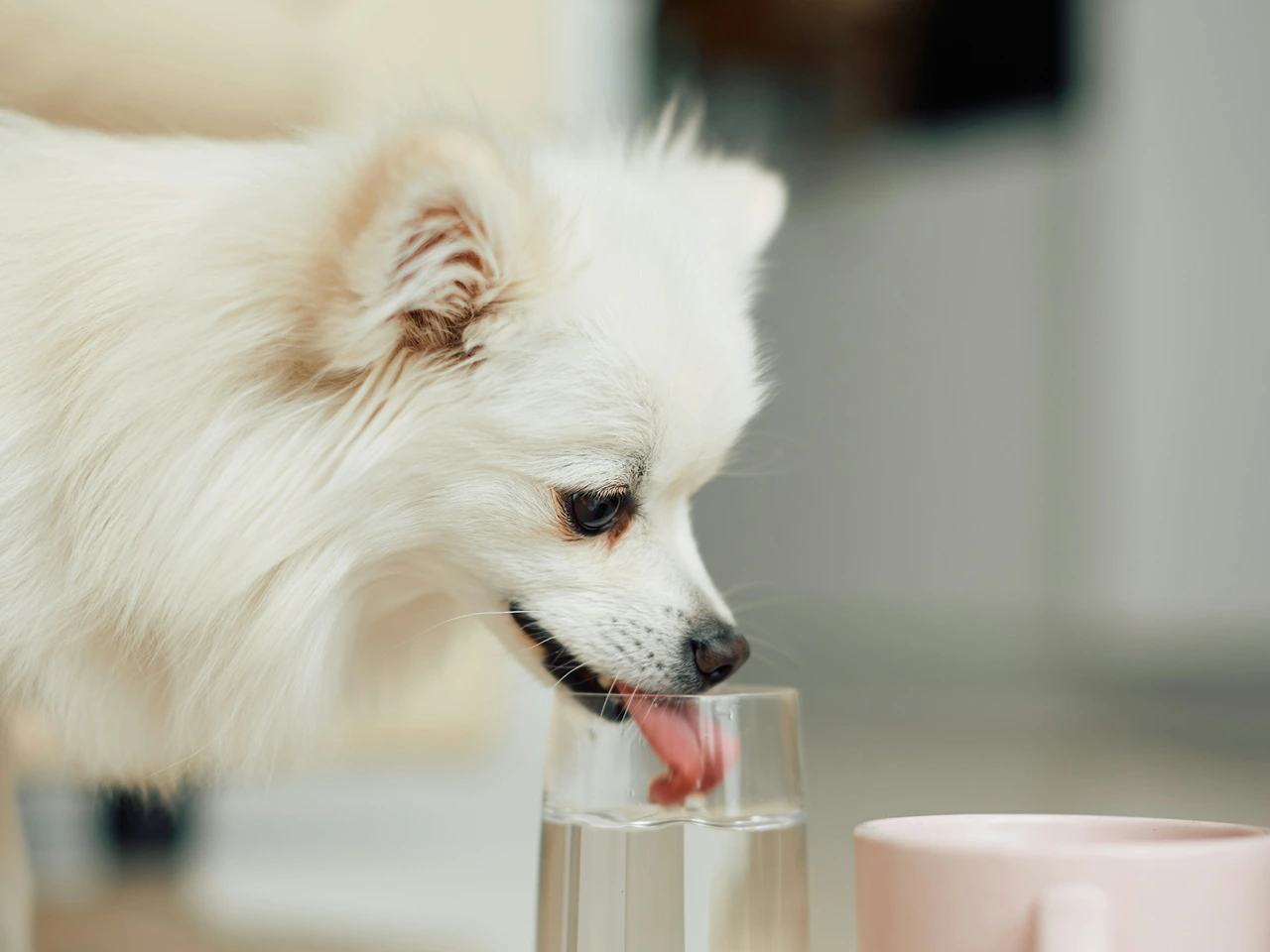
Keeping your pet properly hydrated is an essential part of responsible pet ownership, and it goes beyond simply topping off the water bowl.
- Observe your pet’s daily water intake to recognize what’s normal for them. Noticing a drop in drinking can help you catch hydration issues early.
- Teach children at home to take part, such as helping refill water bowls and learning to recognize basic signs of dehydration like dry gums or lethargy.
- Rotate water bowls daily and avoid plastic containers, which can harbour bacteria and discourage pets from drinking. Opt for stainless steel or ceramic alternatives.
- Update your pet care routines with the seasons, what worked in spring may fall short during hot summer days when hydration demands increase.
- Use positive reinforcement to build healthy habits, like rewarding your pet for drinking water or engaging with pet-safe water fountains.
- Support hydration through smart pet nutrition by incorporating wet food or broths, especially if your pet doesn’t naturally drink much.
- Give extra attention during Pet Hydration Awareness Month to reinforce year-round hydration practices and promote lifelong care habits.
The more aware and proactive you are, the better your pet’s hydration status will be through every season and stage of life.
Final Thoughts
Without proper hydration, even the healthiest pets can become dehydrated quickly, especially in summer. These tips for keeping your pet hydrated aren’t just seasonal, they’re year-round essentials for optimal pet care and well-being. By staying consistent with hydration routines, paying attention to signs of dehydration and tailoring care to your pet’s needs, you’re not just preventing heat-related issues, you’re actively promoting a healthier, happier life for your pet.
Remember, water is just as important as food or shelter in your pet’s care. Make hydration a daily habit. Start today and keep your pets cool, safe and thriving no matter the season.
Frequently Asked Questions
What are some quick ways to improve pet hydration during the summer?
Making small changes to your routine can significantly boost your pet’s hydration.
Offer fresh, cool water regularly: Check and refill bowls multiple times a day to ensure the water your pet is drinking is clean and appealing.
Add moisture-rich foods: Since pet food typically contains varying water content, switch to or supplement with wet food.
Create hydration stations: Place multiple bowls in shaded or frequented areas to encourage them to drink.
Use pet fountains: Many pets love running water and will drink water more often if it’s flowing.
Include hydration-friendly treats: Frozen broth cubes or water-rich fruits are fun ways for healthy hydration.
How do I know if my pet's hydration needs are being met?
Monitoring a few behaviours and physical signs can help ensure proper hydration.
Track water consumption: Daily tracking helps you assess if your pet is maintaining healthy hydration levels.
Check physical indicators: Look for elastic skin, moist gums, and clear eyes as signs of adequate hydration.
Watch their energy levels: Fatigue and lethargy could mean they aren’t getting enough to stay hydrated.
Weigh activity vs. water: After heavy play, your pets to drink water more than usual.
Observe changes in bathroom habits: Less urination may indicate low hydration needs are not being met.
Why is hot weather more dangerous for pet hydration?
High temperatures accelerate dehydration risks and demand extra hydration care.
Increased panting means water loss: Dogs and cats lose fluids through breathing, especially in hot weather.
More time outdoors = more fluid loss: Heat exposure from walks or play reduces hydration levels quickly.
Pavement heat stresses the body: Walks during peak hours raise core temperature, intensifying the importance of hydration.
Short-snouted breeds are at greater risk: They often struggle to cool down, which requires more water intake.
Shaded areas and breaks help: Creating cool zones and pausing for hydration helps pets to ensure they don’t overheat.
How can I monitor the water intake of a multi-pet household?
Separate strategies and observation can help ensure each pet stays properly hydrated.
Use separate bowls for each pet: This allows you to track exactly how much water your pet is drinking.
Label or colour-code containers: Helps differentiate who drank what and avoid confusion when checking hydration levels.
Install smart water dispensers: Some tech tools log water intake per pet automatically.
Observe each pet during drinking: Take time to see if they encourage them to drink or hesitate near certain bowls.
Ask your vet for guidance: A veterinarian can help assess group hydration habits and provide tailored solutions.
When should I contact a veterinarian about my pet’s hydration?
Reach out if hydration habits or behaviours seem off or concerning.
Noticeable drop in water consumption: A sudden refusal to drink water could indicate illness.
Frequent signs of dehydration: Consistent fatigue, dry gums, or sunken eyes require professional help with questions about keeping your pet.
Travel or heat stress planning: A vet can offer tips to ensure your pet stays hydrated in different environments.
Underlying medical conditions: Pets with diabetes or kidney disease have special hydration needs.
You’re unsure if your pet is hydrated or would like help: It’s always okay to ask for reassurance or personalized tips.

